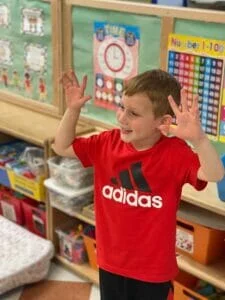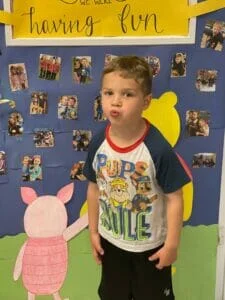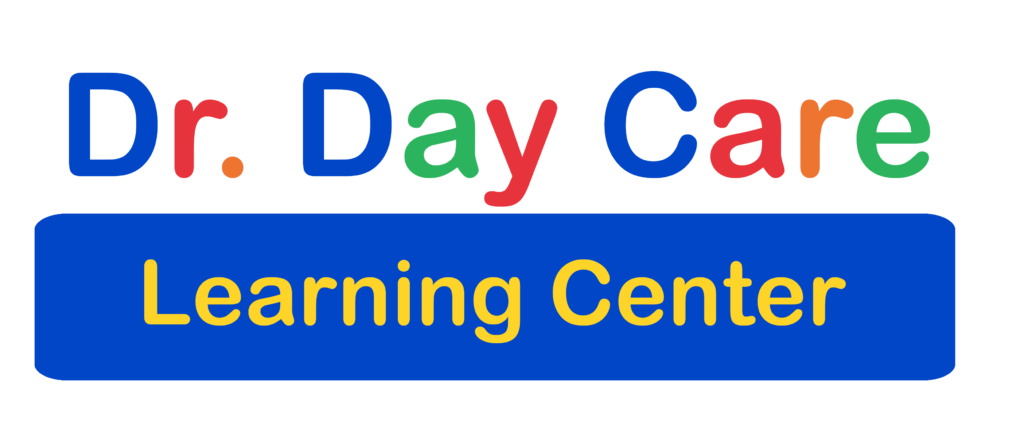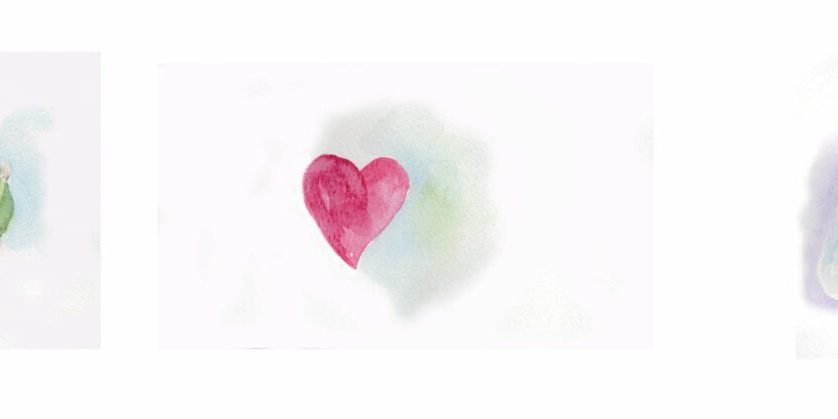As we prepare to greet the new year, take a moment to slow down and reflect. If you are setting resolutions, consider teaching your child how to practice meditation and mindfulness.
The benefits gained from learning concepts of mindfulness at a young age can open the door to understanding strong emotions later on. The goal is a sense of mindfulness and self-awareness to the classroom through exercises like controlled breathing and practicing thankfulness.
Teach meditation


Teach children to meditate or take time to breathe and they will have the tools to use when they feel anxious. Sometimes we notice or sense a young child’s anxiety when they become despondent, shy, or out of control. Teach meditation to provide tools to reduce anxiety.
Meditation strengthens the areas of the brain responsible for memory, learning, attention, and self-awareness. Practicing meditation and mindfulness can also improve cognition and calm down the sympathetic nervous system. The sympathetic nervous system is what triggers the “fight or flight” reactions in our bodies.
Rather than making statements like, “you will be fine,” “knock it off,” or “stop that” they can be reframed to “together, let’s take a deep breath….” and practice meditation. Next, have a conversation about the child’s feelings.
The younger children learn to meditate, the easier it will be for meditation to become part of their routine and follow them through their life’s journey.
Come Meditate With Me
Read the book Come Meditate with Me written by Dr. Mary Ann Shallcross Smith. It will teach children how to meditate and feel thankful! The download is free and available in English and Spanish.




For families who want to read this story in Spanish, download Ven a meditar conmigo. Thank you to a friend and colleague of mine, Carmen Diaz Jusino, for translating this story!
What a great way to start 2026 to have a New Year’s resolution to be mindful with children!
Learn more:
Want to continue learning more about meditation or mindfulness? Check out these resources:

